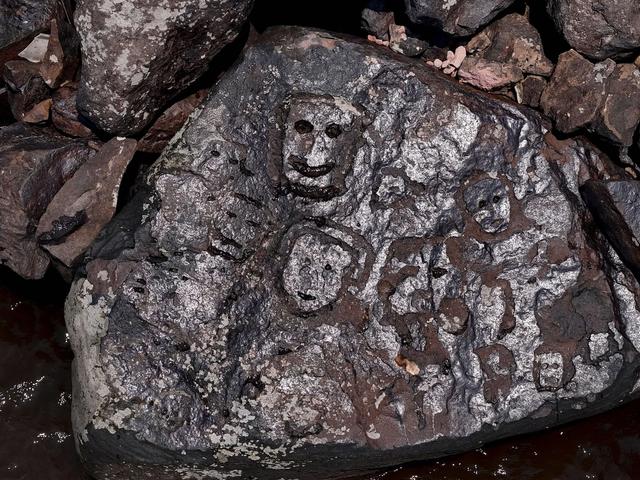Archaeologists with Brazil’s National Historic and Artistic Heritage Institute (Iphan) have identified 16 new archaeological sites in Jalapão, in the eastern part of the state of Tocantins. The sites feature rock art—including human and animal footprints, engraved symbols and figures representing celestial bodies—thought to have been made around 2,000 years ago.
Since 2022, a team led by the archaeologist Rômulo Macedo has been searching the area for as-yet-undiscovered sites. The 16 sites are only the most recent findings. In a statement, Macedo noted that, unfortunately, the newly discovered sites are threatened by the elements (wind erosion, forest fires) as well as human activity like deforestation and vandalism. Iphan is undertaking conservation and educational projects in the region in an effort to protect the sites.
According to previous archaeological research in the area, humans inhabited Tocantins as far back as 12,000 years ago, and remnants of their societies have been found up until the time of contact with European colonisers.



